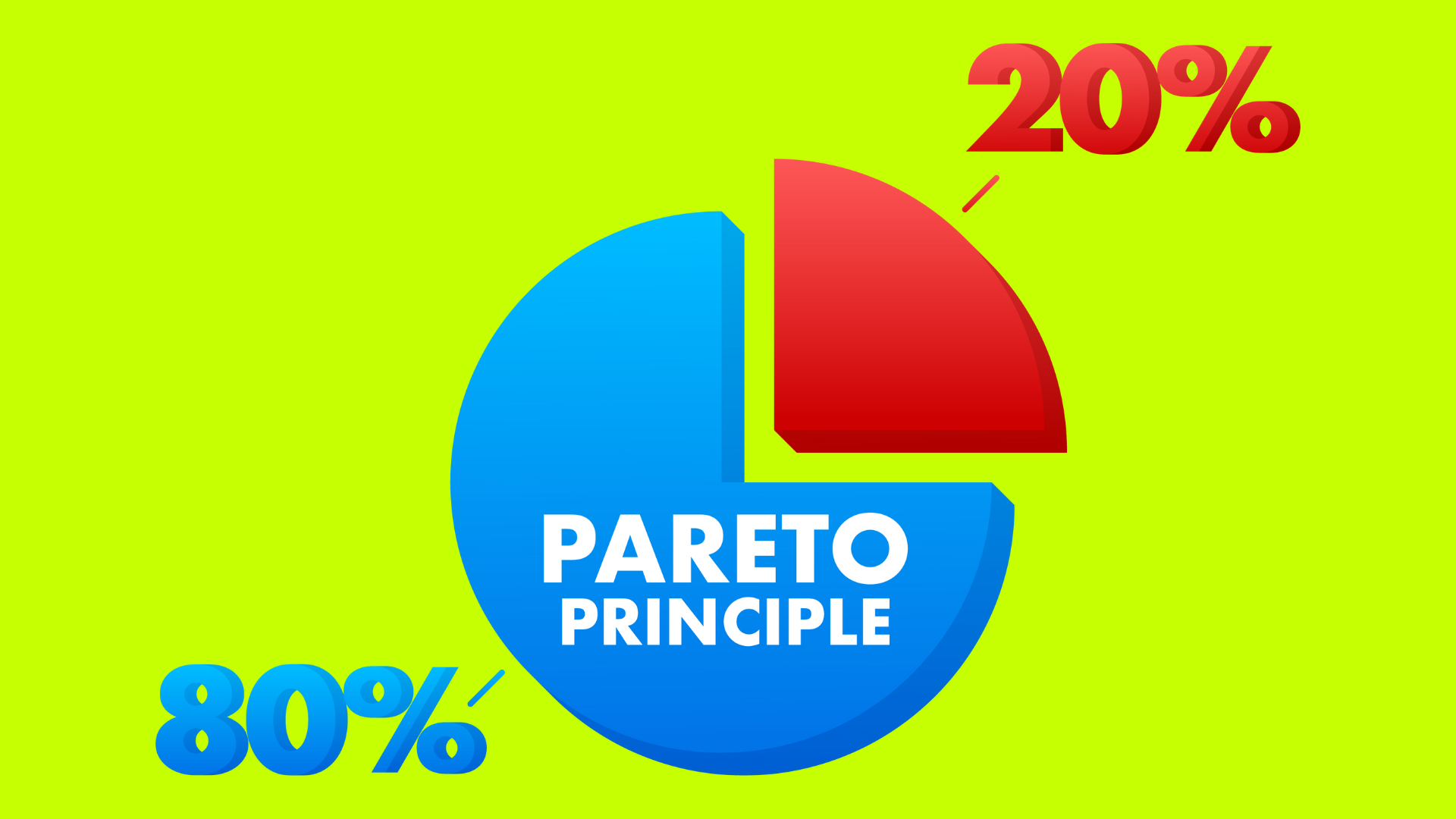Saying no is often one of the most challenging aspects of maintaining personal and professional boundaries. Many of us struggle with this simple word, fearing that it might lead to disappointment, conflict, or even rejection. However, learning to say no effectively is crucial for managing your time, reducing stress, and maintaining your well-being. This guide explores the importance of saying no, offers practical strategies for doing so, and provides insights into overcoming the common barriers that prevent us from asserting ourselves.
Table of Contents
The Importance of Saying No
Prioritizing Your Well-Being
Saying no is not just about refusing requests or declining invitations; it’s a vital component of self-care. When you say yes to everything, you risk overextending yourself, which can lead to burnout and stress. By prioritizing your own needs and well-being, you ensure that you have the energy and resources to devote to what truly matters to you. It’s about making conscious choices that align with your values and personal goals.

Setting Healthy Boundaries
Healthy boundaries are essential for maintaining balanced relationships and ensuring personal growth. Boundaries help define where you end and others begin, allowing you to protect your time and emotional space. When you set clear boundaries by saying no, you communicate your limits and expectations, fostering healthier and more respectful interactions with others.

Enhancing Your Productivity
Overcommitting can detract from your productivity and effectiveness. By learning to say no, you can focus on fewer tasks with greater attention and quality. This not only improves your performance but also boosts your overall satisfaction and sense of accomplishment. Prioritizing tasks that align with your goals and values will lead to more meaningful and productive work.

Practical Strategies for Saying No
1. Understand Your Priorities
Before you can confidently say no, it’s important to understand what matters most to you. Take time to reflect on your personal and professional priorities. What are your long-term goals? What values do you hold dear? By clarifying your priorities, you can make more informed decisions about what to accept and what to decline.
How to Identify Your Priorities:
- Create a List: Write down your key priorities, such as career goals, family time, personal health, and hobbies. Rank them in order of importance.
- Reflect on Past Commitments: Consider past experiences where you felt overwhelmed. Identify which commitments were most aligned with your priorities and which were not.
- Set Clear Goals: Establish specific, measurable goals related to your priorities. This will help guide your decisions and make it easier to say no to requests that don’t support your objectives.
2. Be Clear and Direct
When saying no, it’s essential to be clear and direct in your communication. Avoid ambiguous language or excessive explanations. A straightforward response shows confidence and respect for both yourself and the other person’s time.
Tips for Clear Communication:
- Use Simple Phrases: Opt for direct statements such as, “I’m not able to take this on right now” or “I need to decline this request.”
- Avoid Over-Explaining: A brief explanation is often enough. There’s no need to provide a detailed justification or apologize excessively.
- Be Assertive: Stand by your decision without wavering. Being assertive demonstrates that you value your own boundaries and are committed to maintaining them.
3. Practice with Small Things
Start by practicing saying no in low-stakes situations. This could be as simple as declining a social invitation or turning down an additional task at work. These smaller, less consequential scenarios provide an opportunity to build your confidence and develop your assertiveness skills.
Ways to Practice:
- Role-Playing: Practice different scenarios with a friend or family member. This can help you become more comfortable with various ways of saying no.
- Start Small: Begin with less significant requests. As you gain confidence, you can tackle more challenging situations.
- Reflect on Your Experiences: After each practice session, take note of what went well and what could be improved. Use these insights to refine your approach.
4. Use Positive Language
When saying no, framing your response positively can help maintain a constructive tone. Instead of focusing on what you can’t do, highlight what you can do or offer an alternative if possible. This approach shows that you are still willing to contribute in some way, even if it’s not in the manner originally requested.
Examples of Positive Language:
- Offer Alternatives: “I can’t help with this project, but I can assist with something else next week.”
- Express Gratitude: “Thank you for thinking of me, but I’m unable to take this on at the moment.”
- Highlight Availability: “I’m currently focused on other commitments, but I’d be happy to help in the future.”
5. Set Boundaries and Stick to Them
Clearly defined boundaries are crucial for managing your time and energy. Establishing boundaries involves identifying what you are willing and unwilling to accept and communicating these limits to others. Once you’ve set your boundaries, it’s important to stick to them, even if it feels uncomfortable.
Steps to Setting Boundaries:
- Identify Your Limits: Determine what you can reasonably handle in terms of time, energy, and resources.
- Communicate Clearly: Let others know your boundaries in a straightforward manner. For example, “I’m available for work-related tasks only during office hours.”
- Be Consistent: Enforce your boundaries consistently to ensure that they are respected and understood.
6. Practice Self-Compassion
It’s natural to feel guilty or anxious when saying no, especially if you’re concerned about disappointing others. Practicing self-compassion involves being kind to yourself and recognizing that setting boundaries is a necessary aspect of self-care. Remind yourself that saying no is not a reflection of your worth or character, but rather a way to prioritize your own needs.
How to Practice Self-Compassion:
- Acknowledge Your Feelings: Recognize and accept any feelings of guilt or discomfort without judging yourself.
- Reframe Your Perspective: View saying no as a positive action that helps you manage your time and maintain your well-being.
- Affirm Your Value: Remind yourself that your needs and boundaries are valid and important.
7. Role-Play Scenarios
Role-playing different scenarios where you need to say no can help you become more comfortable with the process. Practicing in a controlled environment allows you to experiment with different responses and receive feedback on your approach.
Role-Playing Techniques:
- Simulate Real-Life Situations: Create scenarios that closely resemble actual situations where you might need to say no.
- Practice with a Partner: Work with a friend or colleague who can act as the requester. Practice delivering your response and adjusting based on their reactions.
- Review and Adjust: After each role-play session, review what worked well and what could be improved. Use this feedback to refine your approach.
8. Delay Your Response
If you’re caught off guard or unsure about how to respond, it’s okay to take some time before giving an answer. Delaying your response allows you to assess the request more carefully and consider how it fits with your priorities and boundaries.
Strategies for Delaying Your Response:
- Use Phrases Like: “Let me think about it and get back to you.” This gives you time to evaluate the request and make an informed decision.
- Set a Deadline: If appropriate, set a specific time by which you will respond. For example, “I’ll let you know by the end of the day.”
- Evaluate Your Options: Use the extra time to weigh the pros and cons of accepting or declining the request.
9. Remember You’re Not Obligated
One of the biggest barriers to saying no is the feeling of obligation. It’s important to remember that you are not obligated to say yes to every request. Your time, energy, and resources are valuable, and you have the right to protect them.
Overcoming Feelings of Obligation:
- Reframe Your Thinking: Remind yourself that you are not responsible for fulfilling every request and that it’s okay to prioritize your own needs.
- Focus on Your Values: Align your decisions with your values and goals. This helps reinforce that saying no is a valid and necessary choice.
- Seek Support: If you struggle with feelings of obligation, talk to a trusted friend or mentor for guidance and support.

Common Challenges and How to Overcome Them
1. Fear of Conflict
Fear of conflict can make saying no particularly difficult. You might worry about upsetting others or damaging relationships. To overcome this fear, focus on the long-term benefits of maintaining healthy boundaries and practicing assertive communication.
Strategies for Managing Fear of Conflict:
- Prepare for Reactions: Anticipate possible reactions and prepare responses that address them calmly and assertively.
- Stay Calm: Maintain a calm and composed demeanor when delivering your response. This helps de-escalate potential conflicts.
- Seek Win-Win Solutions: Where possible, offer alternatives or compromises that address both your needs and the other person’s concerns.
2. Guilt and Self-Doubt
Guilt and self-doubt can arise when you feel you’re letting others down. It’s important to recognize that prioritizing your own needs is a healthy and necessary part of self-care. Practice self-compassion and remind yourself of the reasons behind your decision.
Ways to Manage Guilt and Self-Doubt:
- Reframe Your Perspective: View saying no as an act of self-respect and prioritization rather than as a negative action.
- Seek Feedback: Talk to trusted friends or mentors about your decision and gain perspective on its validity.
- Affirm Your Decision: Remind yourself of the reasons for your decision and affirm that it aligns with your priorities and boundaries.
3. Pressure from Others
Sometimes, others may pressure you to say yes, either through persuasion or manipulation. It’s important to stand firm in your decision and resist external pressure. Trust in your own judgment and boundaries.
Handling Pressure from Others:
- Firmly Reiterate Your Decision: Restate your decision calmly and assertively if you encounter pressure or attempt to change your mind.
- Set Clear Limits: Be explicit about your boundaries and the reasons for your decision. This helps reinforce your stance and deter further pressure.
- Practice Assertiveness: Develop your assertiveness skills to handle pressure confidently and maintain your boundaries.
Conclusion
Mastering the art of saying no is a crucial skill for maintaining balance and well-being in both your personal and professional life. By understanding your priorities, practicing clear and direct communication, and setting healthy boundaries, you can navigate requests and demands with greater confidence and ease. Overcoming challenges such as fear of conflict, guilt, and pressure from others requires self-awareness, assertiveness, and a commitment to your own needs and values. Remember, saying no is not about being unkind or uncooperative; it’s about respecting yourself and ensuring that your time and energy are aligned with what truly matters to you.
Embrace the practice of saying no as an opportunity to prioritize your well-being and enhance your productivity. With time and practice, saying no will become a natural and empowering part of your communication toolkit, allowing you to lead a more balanced and fulfilling life.
Discover more from Positive Treasure
Subscribe to get the latest posts sent to your email.




